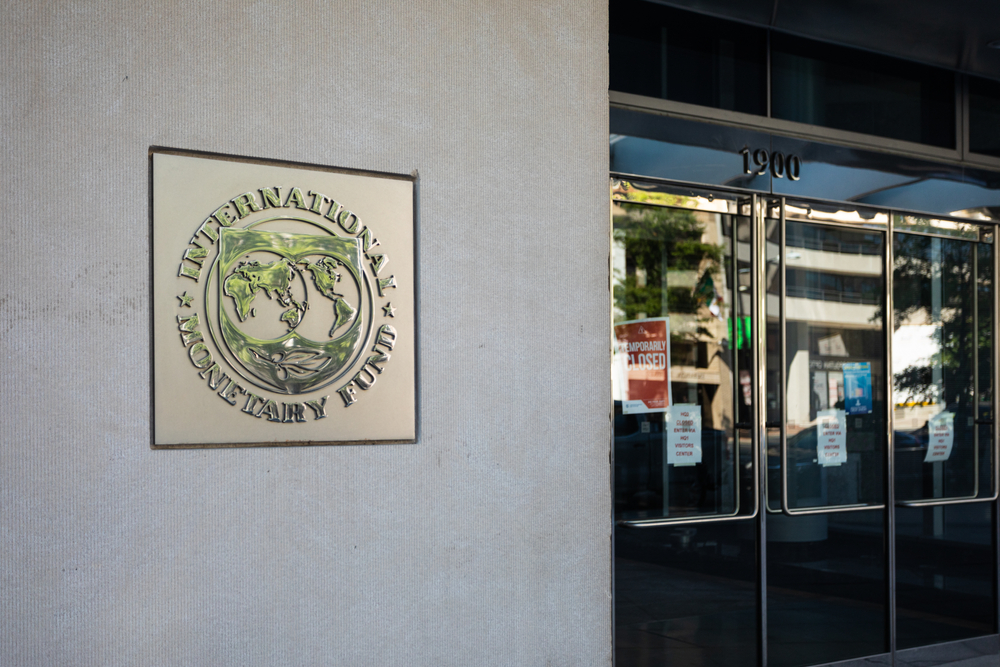MNB expects to hit inflation target in early 2019

shuttestock
The National Bank of Hungary (MNB) expects inflation to reach the 3% level consistent with price stability in a sustainable manner from early 2019, half a year later than projected in March, the MNB said in its quarterly Inflation Report, state news agency MTI reported.
In the spring months, inflation decelerated faster than expected and the measures of underlying inflation remained stable. In line with the central bank’s expectations, wage increases did not imply a perceivable inflationary effect.
The MNB foresees slightly more moderate domestic underlying inflation developments than expected previously. Dynamic wage increases will result in a significant expansion in household consumption, which is set to grow by 4.4% this year, by 3.7% in 2018, and by 3% in 2019.
In addition to rising employment - set to grow by 1.9% this year - the expansion in household consumption is supported by dynamic real wage increases as household real income could rise by 4.7% this year and 3.8% next year. Historically high consumer confidence, previously accumulated net financial worth, the upswing in lending to households, and the second-round effects of the housing market recovery also support consumption.
In the assessment of the MNB Monetary Council, in line with the pick-up in internal consumption, core inflation will edge up gradually, but the moderate imported inflation and historically low inflation expectations will slow the rise in domestic price levels.
The MNB expects domestic demand to play an increasing role in economic growth, driven by household consumption and the pick-up in investment activity. Investments could grow by 15.8% this year, on a low base, followed by a 11.1% growth next year, and a more moderate 4.3% expansion in 2019.
The upswing in investment will be driven by the increase in the absorption of EU transfers and the pick-up in household investment, the central bank added.
Continuing buoyant growth
The MNB projects 3.6% economic growth in 2017, 3.7% growth in 2018, and a 3.2% expansion in 2019. The buoyant economic growth in the coming years will be accompanied by a continuous decline in the unemployment rate, it added, with the 4.2% rate in 2017 potentially falling to 3.8% by 2019.
Overall, the budget will exert a demand-stimulating effect over the forecast horizon, the MNB said. The ESA-conform general government deficit could be between 1.8% and 2.1% of GDP this year, and will rise to between 2.4% and 2.6% next year, it added.
The central bank expects more dynamic growth on Hungary’s key export markets and a marked upturn in external demand. From 2018, the build-up of new vehicle industry capacities will also buoy export dynamics, facilitating a further improvement in Hungary’s export market share.
Exports are set to grow by 7.2% in 2017, by 7.4% in 2018, and by 7% in 2019. The current account balance, however, could decrease as imports will grow at a faster pace than exports, rising by 9.3% this year and by 8.6% next year.
The MNB projects a current account surplus of 3.1% of GDP this year, 1.8% in 2018, and 2.2% in 2019.
Hungaryʼs external financing capability will reach around 5% of GDP, while the current account surplus will fall considerably next year before rising slightly in 2019, the central bank noted.
SUPPORT THE BUDAPEST BUSINESS JOURNAL
Producing journalism that is worthy of the name is a costly business. For 27 years, the publishers, editors and reporters of the Budapest Business Journal have striven to bring you business news that works, information that you can trust, that is factual, accurate and presented without fear or favor.
Newspaper organizations across the globe have struggled to find a business model that allows them to continue to excel, without compromising their ability to perform. Most recently, some have experimented with the idea of involving their most important stakeholders, their readers.
We would like to offer that same opportunity to our readers. We would like to invite you to help us deliver the quality business journalism you require. Hit our Support the BBJ button and you can choose the how much and how often you send us your contributions.








